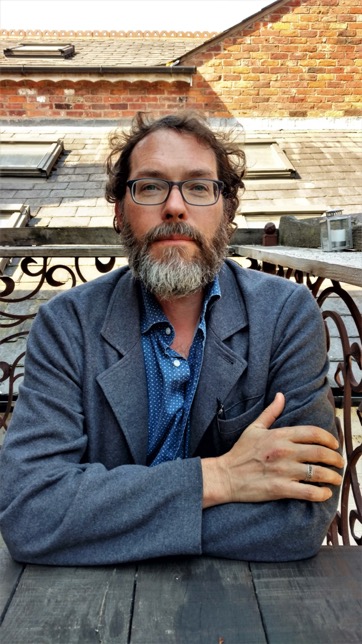Takeaway
Let patients know that it’s ok to feel abnormal in abnormal times.

Lifelong Learning in Clinical Excellence | December 22, 2020 | 3 min read
By David Kopacz, MD, University of Washington
In the United States we’re in the middle of a full-fledged pandemic. We live in a country deeply divided that the 2020 election did nothing to resolve. We’re facing ever-growing record numbers of cases of COVID-19. We ‘re going into the new year where some will physically distance and others will consider it a political badge of honor to ignore doctors’ advice and to intermingle with family across the country as usual. It’s looking like a grim couple of months ahead. Does it even make sense to talk about “mental health” in these circumstances? What would mental health look like during a pandemic and political rift?
When we think of mental health during the pandemic we often think of resilience, adaptation, well-being, making healthy choices, not pouring that second glass of wine, trying to find some way to exercise without going to the gym, and trying to stay connected while we are disconnected. Maybe we should stop trying to do and be something that is an ideal for “normal” times. Maybe it’s ok to feel abnormal in abnormal times. Maybe we all should feel a little crazy. If mental health is adaptation and the situation is abnormal, what’s the consequence of adapting to abnormality?
Psychiatrist Dr. Carl Jung, in his 1952 paper, “Problems of Modern Psychotherapy,” described four stages of psychotherapy:
1. Confessional catharsis
2. Explanation and understanding
3. Education and social adaptation
4. Transformation
Thus, for Jung, social adaptation isn’t the highest goal of psychotherapy and mental health—it lies further beyond social adaptation. We face this abyss of confusion and uncertainty about the future. We spend hours staring into the screens of our devices, like prophets trying to divine some sense of what is yet to come. Nietzsche warned us that, “Whoever fights monsters should see to it that in the process he does not become a monster. And when you look long into the abyss, the abyss also looks into you.” For Nietzsche, the abyss was the problem of nihilism. What is our abyss—COVID-19? Politics? Social media?
Jack Mezirow’s theory of transformative learning has a stage of disorientation—you can’t get to transformation without disorientation! This is reassuring. If our usual ideas of mental health are of adaptation to normality, perhaps we shouldn’t try to fit ourselves in this procrustean bed. Back when things were “normal,” we had a lot of problems anyway. We had “normal racism,” “normal lack of healthcare” for many, and “normal fossil fuel consumption” that’s poisoning our planet. Maybe we should embrace the disorientation we now feel, become friends with it, and work toward transformation rather than a return to normality or adaptation to normality.
Jung ends his essay on “The Problems of Modern Psychotherapy” with the statement: “But between the realization of this hope and the actual present there lies an abyss over which no bridge is to be found. We have yet to build it stone by stone.”
We find ourselves in this place and time that we don’t understand and we feel suffering. Perhaps we need to embrace this suffering rather than try to wish it away or medicate it away (self-medication or prescription). I’m not saying don’t treat mental illness and suicidal ideation, but I am saying maybe some of what looks or feels like mental illness is actually disorientation as we stand on the precipice of this abyss where there is no bridge. We know we need to get to the other side and yet the only building material we have is ourselves—our minds, bodies, and actions. How can we transform ourselves without a return to the abuses and excesses of past “normality?” In the words of Gandhi, how can we be the change we wish to see?
Practices
Prior to and during World War I, Carl Jung made a daily practice of drawing mandalas—circular structures that he felt represented his unconscious self trying to manifest in his life. Many of these have been published in his Red Book. He also developed a technique he called active imagination to engage with the images and figures that arose from his creative unconscious. Jung’s experiences led him to believe that there’s a wisdom inside each of us that we can understand and manifest through active imagination, studying our dreams, and drawing mandalas.
1. Draw a circular mandala each day or when you can—look for emerging patterns and repetitive themes.
2. Keep a journal by your bedside. Write down your dreams each morning as soon as you awaken.
3. Practice mediations where you enter into your disorientation, into your inner abyss—engage active imagination to explore and understand your inner self.
4. Read Robert Johnson’s Inner Work: Using Dreams and Active Imagination for Personal Growth.

